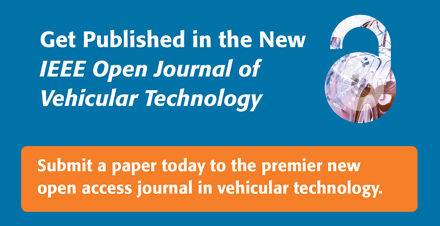|
Full title—Coverage Analysis for UAV-Assisted Cellular Networks in Rural Areas
It is required to design and deploy cost-efficient alternatives for extending the cellular infrastructure to rural and remote areas. A concrete mathematical model characterizing and capturing the aforementioned problem might be a key-enabler for studying the efficiency of any potential solution.
The commonly-used mathematical tools that model large-scale wireless networks are not designed to capture the unfairness, in terms of coverage, suffered by exurban and rural areas. In big cities, cellular deployment is essentially capacity-driven, and thus cellular base station densities are maximum in the town centers and decline when getting far from them.
In this paper, a new stochastic geometry-based model is implemented in order to show the coverage spatial variation among urban, suburban, and exurban settlements. By implementing inhomogeneous Poisson point processes, it is possible to study the performance metrics in a realistic scenario where terrestrial base stations are clustered around the urban center while outer aerial base stations are uniformly distributed outside an urban exclusion zone.
Based on this, our simulation results can quantify the improvement, that even a surprisingly low density of ABSs can bring to peripheral regions depending on the extension of the exclusion zone, enabling us to draw insightful considerations.
Full Article: IEEE Open Journal of Vehicular Technology, April 2021

|